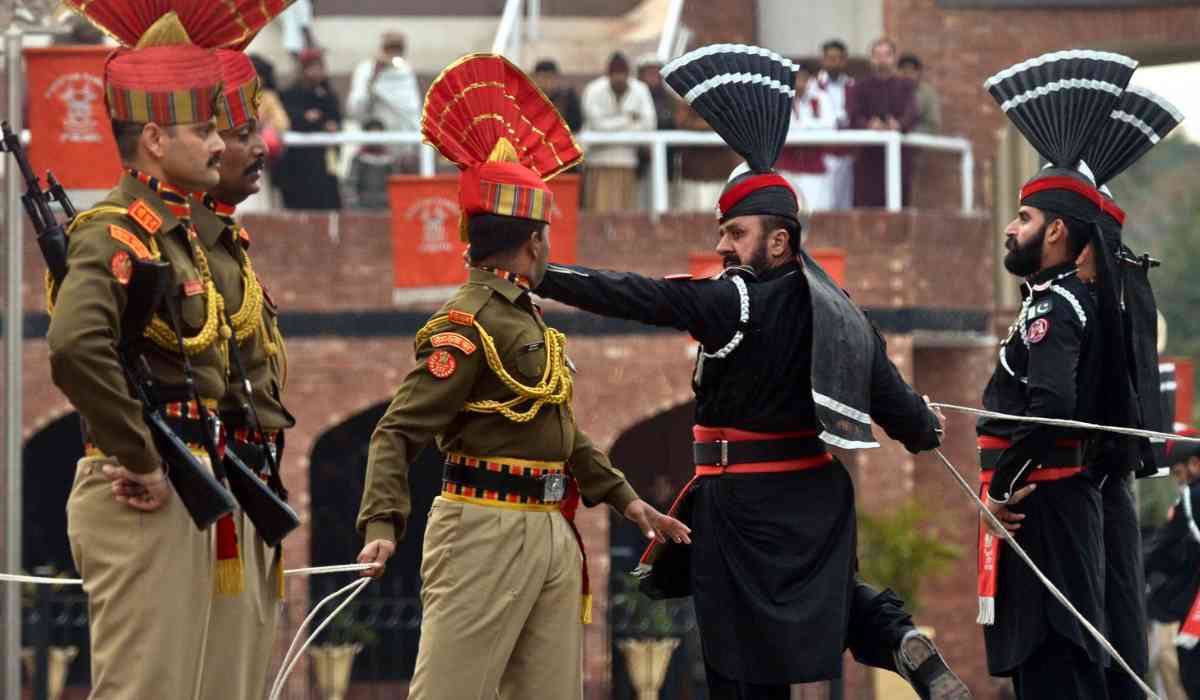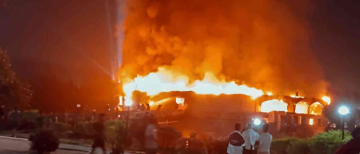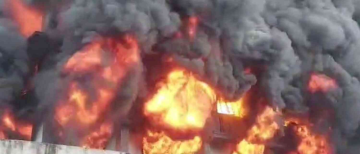The India-Pakistan conflict remains one of the most volatile and closely watched rivalries in South Asia. The most recent escalation in 2025, triggered by a deadly attack in Kashmir, has once again brought the two nuclear-armed neighbors to the brink of war, raising global concerns about regional stability and security.
What Sparked the 2025 India-Pakistan Crisis?

The immediate cause of the 2025 conflict was the Pahalgam attack on April 22, where militants killed 26 civilians, mostly Hindu tourists, in Indian-administered Kashmir. The Resistance Front (TRF), a relatively unknown militant group, claimed responsibility. India accused Pakistan of supporting the attackers, a charge Islamabad denied, calling for an international investigation and rejecting any involvement.

Timeline of Escalation
-
April 22, 2025: Pahalgam attack kills 26 civilians in Kashmir.
-
April 23-24: Armed skirmishes erupt along the Line of Control (LoC), with both sides exchanging fire.
-
May 7, 2025: India launches “Operation Sindoor,” a series of missile strikes targeting what it described as militant camps in Pakistan and Pakistan-administered Kashmir.
-
May 7-10, 2025: Both nations engage in drone strikes, missile attacks, and border skirmishes. Pakistan retaliates with “Operation Bunyan-un-Marsoos,” targeting Indian military bases.
-
May 10, 2025: A ceasefire is announced after hotline talks between military officials. Both sides claim victory, but neither achieves a decisive upper hand.
Diplomatic and Economic Fallout

The conflict led to a rapid deterioration in diplomatic relations:
-
India expelled Pakistani diplomats, suspended visa services, and withdrew from the Indus Waters Treaty.
-
Pakistan responded with trade restrictions, airspace closures, and the suspension of the Shimla Agreement.
-
Both countries experienced internet slowdowns, restricted cross-border digital access, and a surge in misinformation campaigns.
Strategic and Military Lessons
This conflict marked the first significant use of drones and advanced missile systems by both sides, highlighting a dangerous escalation under the nuclear umbrella. Despite India’s conventional military advantage, Pakistan’s nuclear posture and strategic ambiguity effectively deterred large-scale escalation, keeping the conflict limited but highly destructive.

Impact on Civilians and Regional Stability
-
Dozens of civilians were killed or injured on both sides, with reports of strikes on religious sites and urban centers.
-
The conflict disrupted trade, travel, and daily life, especially in border regions and Kashmir.
-
International actors including the United States and China called for restraint and de-escalation, underscoring the global stakes of any India-Pakistan confrontation.
Final Note
The 2025 India-Pakistan conflict underscores the enduring volatility of their relationship, the risks of escalation between nuclear-armed states, and the profound impact on regional and global security. While the ceasefire has restored a fragile calm, the underlying issues—especially the Kashmir dispute—remain unresolved, keeping the region on edge for future crises.
With inputs from agencies
Image Source: Multiple agencies
©️ Copyright 2025. All Rights Reserved. Powered by Vygr Media.





















